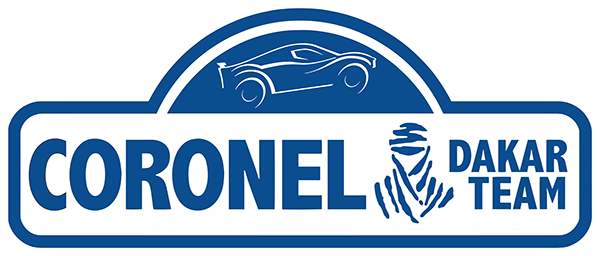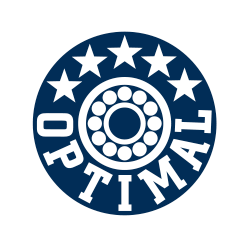HUIZEN – If 100% Peru equals 100% Dakar, as the organisers of the world’s most renowned off-road rally claims, 100% Coronel can be added to that claim, too.
With joint efforts and after a year of preparation, 46-year-old twin brothers Tim and Tom Coronel will be participating in the 2019 Dakar Rally from 6 Janary, again with their cherished buggy they refer to as ‘The Beast’ because of its aggressive looks. For Part 2 of the multi-year project with the US-built Jefferies Buggy, powered by a 6.2 litre Chevrolet engine, the Baja-style desert vehicle underwent so many updates that the two are hoping that ‘The Beast’ will still be looking like a ‘Beauty’ at the finish in Lima, the capital of Peru, on 17 January.
In the previous Dakar Rally, the first sequel of ‘The Beast’ didn’t go without any issues. Due to problems with the cooling of the car, some bodywork parts had to be removed. “The car was slightly undressed during the rally,” Tim had to admit to his regret. Tom could still laugh about it: “She is getting more and more naked. Normally, I quite like that, but now, I do have some doubts.”
After the evaluation following the return from South-America, the brothers started their planning and their work on the car. “To be honest, many things weren’t right,” Tim admits. In the new workshop at Huizen in The Netherlands, he mainly took care of the Dakar project. “As a result, ‘The Beast’ needed quite some changes to really make it Dakar proof. Especially the issues with the temperature management needed to be sorted. In the last Dakar Rally, driving went pretty well, but we also had to stop often to sort out the cooling. That was why we removed parts of the car to generate more cooling.”
The basic concept of the buggy remained unchanged. The chassis, the roll cage and the engine are the same, but a ‘Coronel sauce has been added’, as Tom called it euphemistically. Indeed, the number of changes that needed to be carried out after the previous rally covered more than four sheets of paper. In order to improve the cooling, the ducts that were too close to the engine and the exhaust were relocated. A new exhaust system was installed and the bodywork has been made from Kevlar at Van Thull Development in Lith in The Netherlands, resulting into a weight reduction of 200 kilograms. APP in Weesp took care of the engine, resulting into a slight increase in output (412 hp with restrictor) and more torque (620 Nm) at lower revs.
Tim is already looking forward to his twelfth participation in the Dakar Rally, sharing the cockpit with Tom for the third time. Especially the dunes in Peru, the only country to host the rally, will be his favourite playground. “Dunes? These aren’t dunes over there, they are mountains with dunes on top of them. Just mega. I really love that. To race ‘The Beast’ over these dunes is a privilege for me,” Tim admits. His brother can only agree: “The more sand, the better. I am happy with that, because sand is what Dakar stands for,” says Tom, who will be alternating with Tim behind the wheel.
Prior to the team presentation at the Coronel Adventure Indoor Climbing Park, Tim and Tom tested ‘The Beast’ in Spain, where fellow Dakar driver Xavier ‘Xevi’ Pons has a rally track close to Barcelona. “We didn’t have any problems and we experimented a lot with springs and shock absorbers. The handling of the car was good. We really got that special feeling back again,” Tom showed himself both relieved and full of anticipation. For Tim and Tom, the Dakar Rally can’t start soon enough.
2019 Dakar: 100% Peru, 5000 km, 3000 km specials, 10 legs, 70% sand.
Itinerary:
6 January start podium Lima,
7-1 Lima-Pisco,
8-1 Pisco-San Juan de Marcona,
9-1 San Juan de Marcona-Arequipa,
10-1 Arequipa-Tacna (marathon),
11-1 Tacna-Arequipa,
12-1 rest day,
13-1 Arequipa-San Juan de Marcona,
14-1 San Juan de Marcona-San Juan de Marcona,
15-1 San Juan de Marcona-Pisco,
16-1 Pisco-Pisco, 17-1 Pisco-Lima.
Loading 23 November 2018 Le Havre (France).


























